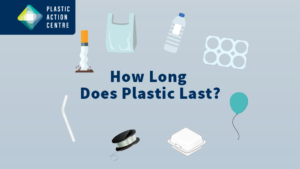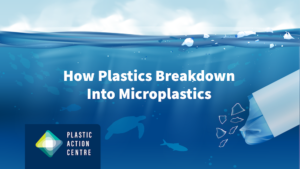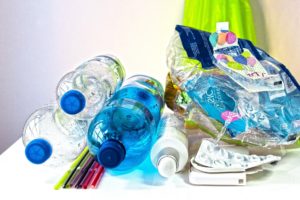- Plastic Pollution
- Infographics
- International
- National
Plastics are — by far — the main source of litter on N.L.’s beaches, audit finds
A daily beach walk, soaked in gorgeous scenery of Newfoundland’s west coast, sounds like the ideal tonic to 2020.
But the modern world is impossible to leave behind on Nancy Pearson’s strolls along Black Bank Beach, near Stephenville Crossing. She began her treks six years ago, when she moved home after decades away to find her childhood sandy playground awash in indestructible residue: plastic.
She’s become an avid beachcomber, and now fills up a bag of whatever’s around each and every day. Pearson has found everything from the disgusting (diapers) to the bizarre (false teeth — later reunited with their owner), but mostly she collects bits and bobs of plastic, largely from the fishing detritus known as ghost gear.
She’s learned she has to self-impose limits on collecting the never-ending tide of trash.
“Now I just tell myself, no, you just can’t do it it all. Like today, my dog was like, ‘no, let’s keep going.’ And then I said, you have to stop right now. You have your bag filled. Now go closer to the water and ignore looking at the ghost gear, mostly ghost gear, coming in,” Pearson said.
Pearson’s bagfuls from Black Bank Beach are echoed in a new province-wide report of trash on beaches. The Newfoundland and Labrador Coastline Litter Audit, released recently by the Multi-Materials Stewardship Board, surveyed 30 sites — Black Bank wasn’t among them — and profiled each according to amount and type of garbage, along with other categories.
Among all categories, plastic was king.
“When it comes to material waste, plastic waste was by far the biggest offender,” Ashley Burke, a senior policy advisor with the MMSB and a co-author of the report, told CBC Radio’s The Broadcast.
In fact, 69 per cent of all waste found was plastic; the top six offenders comprising that were shotgun shells, plastic ropes or nets, bottles, fishing tags, plastic bags, and miscellaneous, unidentifiable bits.



